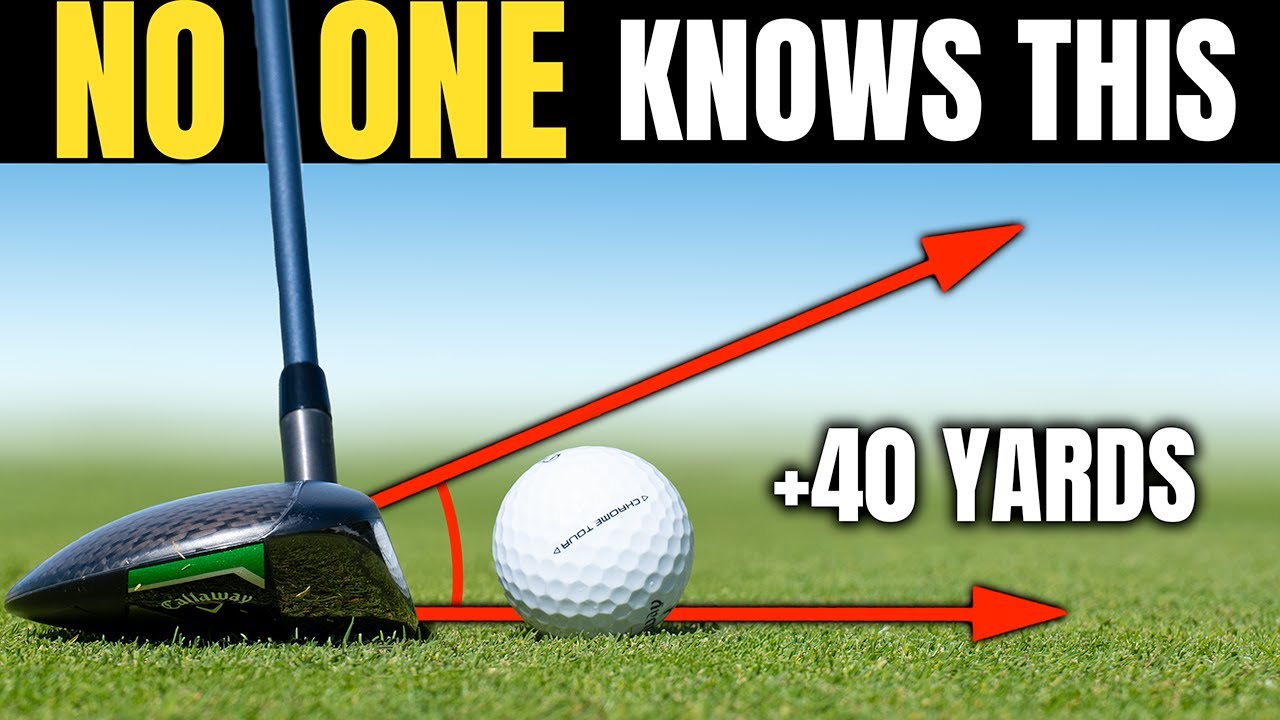
Hi — I’m Danny Maude. If you want to consistently hit fairway woods and hybrids longer and straighter, you’re in the right place. In this guide, I’ll teach you proven techniques to transform your shots from fat, thin, or topped mishits into confident, repeatable strikes. You will gain insights into setup tweaks and drills used by top players, along with a step-by-step progression to ensure you aren’t overwhelmed by jumping straight to challenging clubs.
Why this matters: Amateur golfers use fairway woods and hybrids in about 25% of their shots. Perfecting these clubs is a quick way to lower your scores. I’ve broken this down into a practical plan you can apply right away to hit fairway woods and hybrids with greater consistency.
Table of Contents
- Step 1: Grasping the Low Point Concept
- Step 2: Align Ball Position with Club Loft
- Step 3: Leverage Loft to Enhance Forgiveness
- Step 4: Drill to Practice Accurate Low Point Placement
- Step 5: Implement the Right Body Movements
- Step 6: Adopt a Thoughtful Practice Routine
- Step 7: Identify Common Mistakes and Solutions
- Step 8: Develop an On-Course Strategy
- Step 9: Realistic Expectations for Progress
- FAQs on Fairway Woods and Hybrids
- Conclusion: Confidently Hitting Fairway Woods and Hybrids
Step 1: Grasping the Low Point Concept
Every golf swing combines an arc that has a ‘low point’ — the spot where the club naturally meets the ground. Placing this low point in relation to the ball dictates if you hit clean, fat, or thin shots.
Step 2: Align Ball Position with Club Loft
Adjust ball position based on the club’s loft. The less loft, the more forward the ball should sit to ensure launch and accuracy.
Step 3: Leverage Loft to Enhance Forgiveness
Begin with higher-lofted woods to develop low point control. This gradual progression increases confidence and shot distance.
Step 4: Drill to Practice Accurate Low Point Placement
Use the Tee-Peg Drill to visualize and correct the low point of your swing. This process fosters better contact and shot quality.
Step 5: Implement the Right Body Movements
Proper weight shift, without collapsing forward, helps achieve a consistent low point near the ball’s position.
Step 6: Adopt a Thoughtful Practice Routine
Warm-up, perform specific drills, and gradually incorporate higher-lofted woods to strengthen swing consistency.
Step 7: Identify Common Mistakes and Solutions
Troubleshoot issues like fat, thin, or inconsistent impacts and implement quick fixes like adjusting stance or focus on drill repetition.
Step 8: Develop an On-Course Strategy
Utilize different woods appropriately to manage course conditions and play to your strengths for more effective scoring.
Step 9: Realistic Expectations for Progress
With deliberate practice, expect noticeable improvements within a few sessions, leading to long-term consistency and confidence.
FAQs on Fairway Woods and Hybrids
Q: How do I adjust ball position for different clubs?
A: Align ball position to the loft of the club. For loft-friendly woods, move slightly back; for others, ensure it’s more forward with consistent practice.
Q: How does the low point affect my shots?
A: The low point impacts ball contact — adjusting it ensures clean, powerful strikes.
Q: What drill helps refine my low point?
A: The tee-peg drill helps determine and adjust the low point for consistent, solid impacts.
Q: Can higher handicappers use a three wood?
A: Yes, but focus on mastering higher-lofted woods first for better control before using a three wood regularly.
Conclusion: Confidently Hitting Fairway Woods and Hybrids
By honing the low point and using loft strategically, you can progress from hitting a seven wood to mastering a three wood with fewer errors. The path to success lies in deliberate practice and understanding each club’s dynamics. Follow this plan, and watch your consistency and scores improve. Place that tee peg and start practicing today!


0 Comments